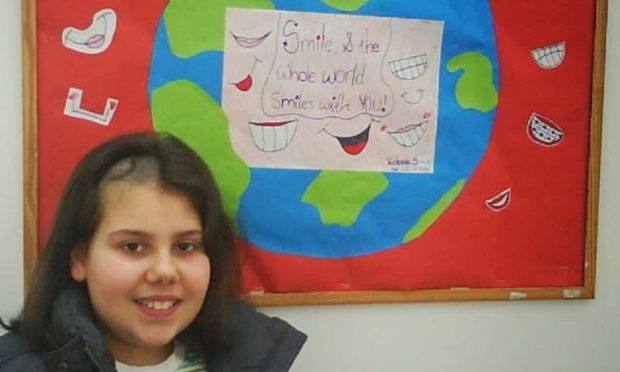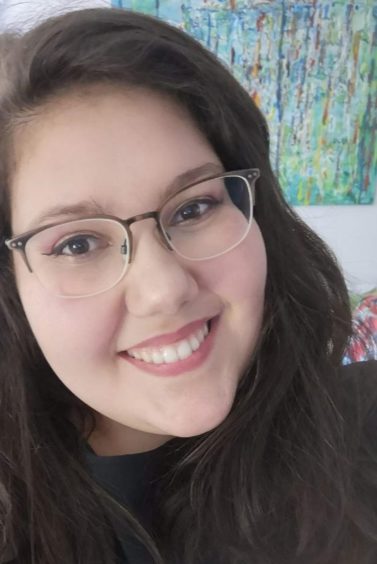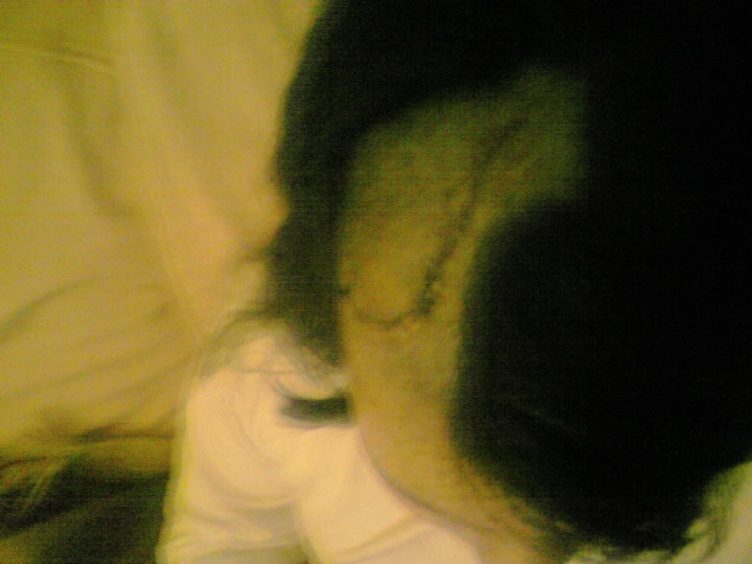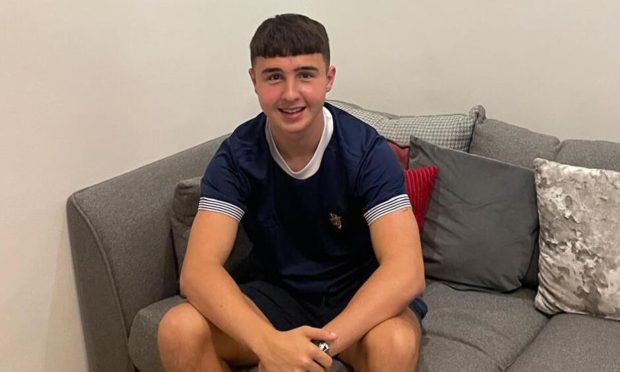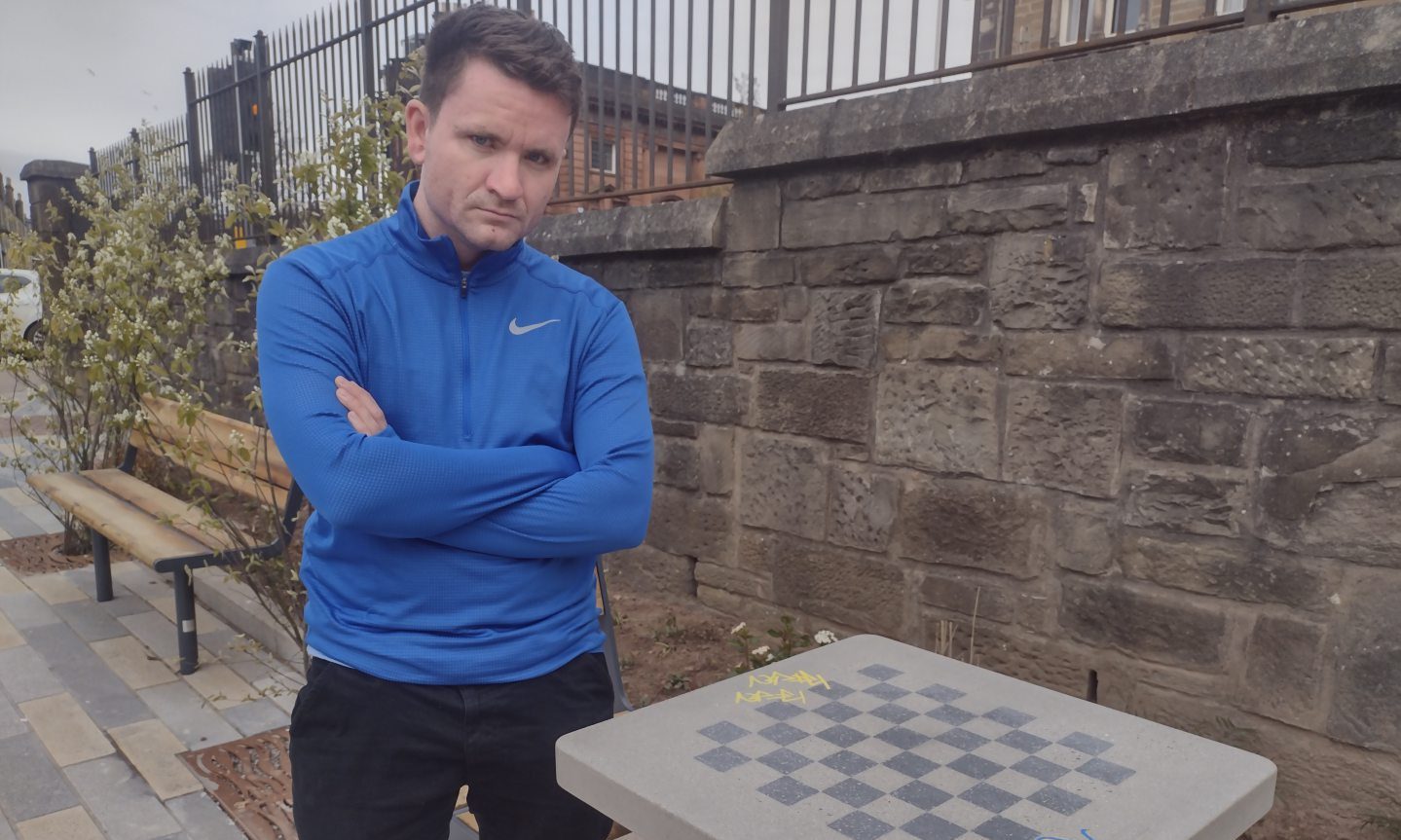A Tayside brain tumour survivor has shared her own devastating story to help others recognise early symptoms during the Covid-19 crisis.
Victoria Sanches was diagnosed with a benign tumour at the age of 11 after doctors missed the developing illness during her childhood.
Following lifesaving surgery, she has been in remission for 10 years and after graduating from Duncan of Jordanstone, runs her own photography business and is about to embark on a degree in teaching.
She said:“I want to help improve early diagnosis in children – because if my tumour was found earlier, things could have been very different.”
Victoria suffered from persistent localised headaches from the age of four, as well as unexplained weight gain. Despite numerous visits to her GP, the Sanches family were assured it was nothing to worry about.
“At one point I was even told I was attention seeking. Not once was a scan offered,” she said.
After five years of symptoms and a visit to an Aberdeen neurologist, the family got an MRI scan on private healthcare.
“I will never forget the day I was diagnosed with a brain tumour. I was 11 years old and terrified.
“I was in an MRI machine, and my mum was dancing to make me smile during the scan, and then all of a sudden her face dropped. I could tell something was wrong.”
Victoria was referred to Edinburgh Sick Kids Hospital, where it was decided because her brain tumour was slow growing, it was most likely benign and just needed monitoring.
However, she later underwent emergency surgery to relieve pressure from the build up of a litre of fluid on her brain and then received radiotherapy.
“We were told I would not have survived the night if the surgery hadn’t taken place.
“I’m not sharing my story to make you feel sorry for me, but to try and show how early diagnosis can change someone’s life. Mistakes were made in my case, and they had life-long consequences.
“But I don’t blame anyone. The key is to learn and make changes.”
